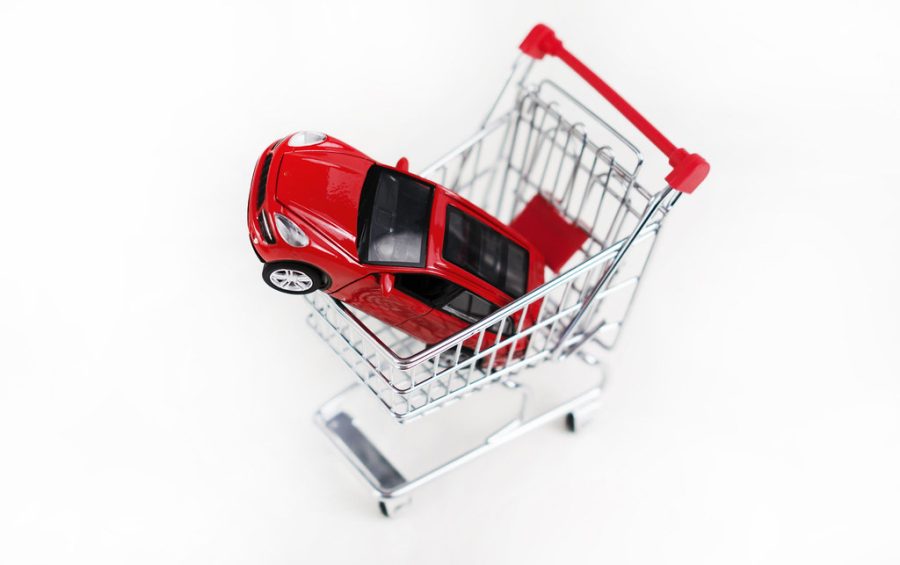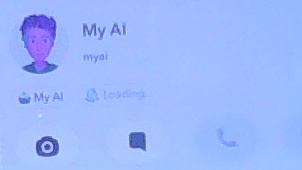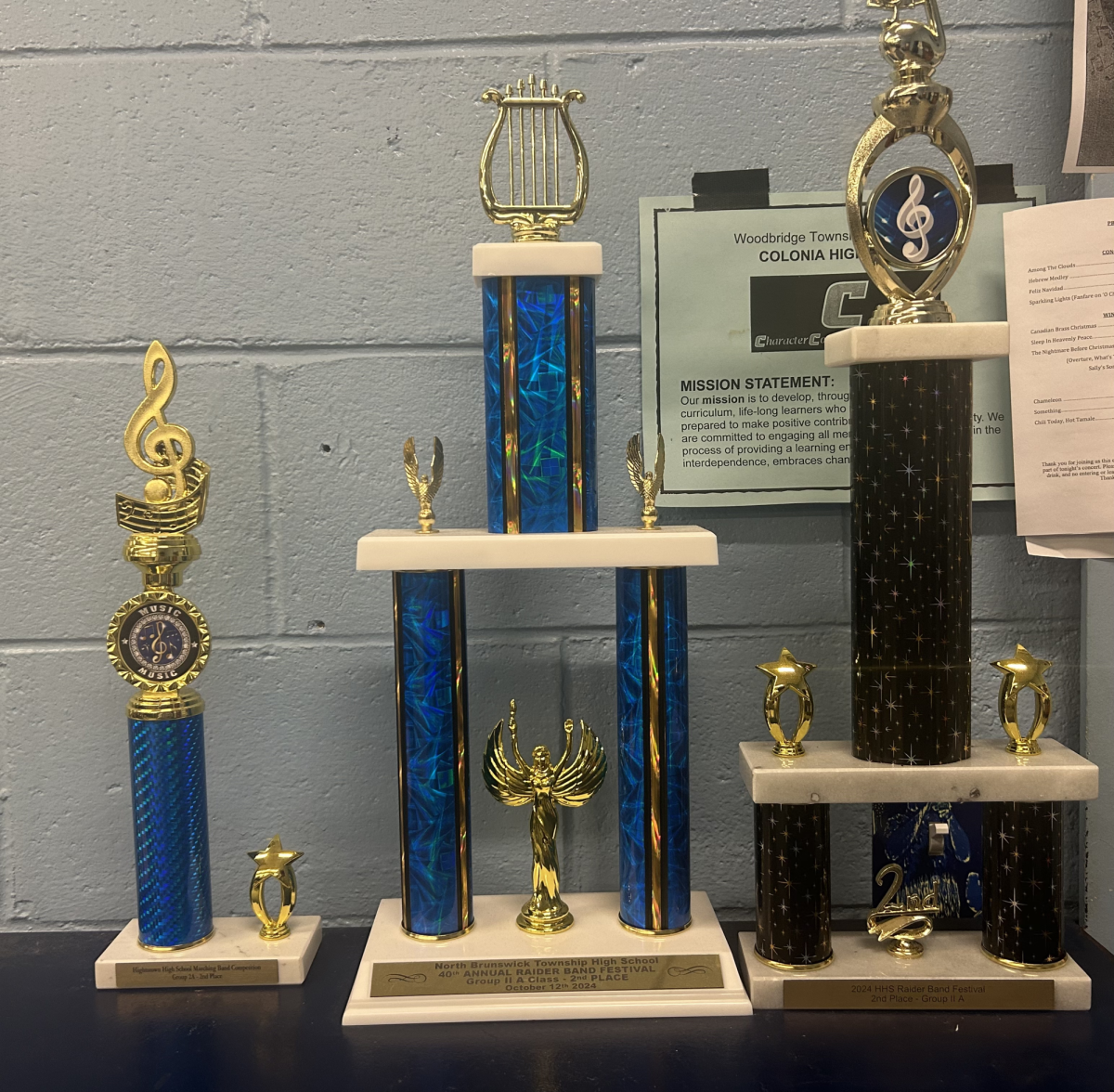Buying vs. Leasing
There are a lot of steps that go into purchasing a new vehicle. But, before getting the keys and driving your new car off the lot, you have to figure out how you’ll be paying for it. Two popular methods are buying and leasing.
When a customer decides to buy a vehicle they can purchase it by financing or paying for the car in cash. An advantage of purchasing a car in cash is that you won’t have any monthly payments, and you also completely own the car.
For those who are less fortunate to entirely pay for the new car, leasing is an option. Leasing a car involves making monthly payments on a new vehicle of your choice. During this process, you are renting the vehicle from the dealer for a period of time, usually 36 or 48 months. At the end of this process, you have the choice of returning the vehicle or walking away with an upgrade.
The catch is if you want to keep the car after leasing it, you have to pay a predetermined amount. Leasing and buying a vehicle are very different processes. They both have their pros and cons, and people will forever argue on which is better, financially.
Whatever road you take when buying any car they usually have interest rates added to the final price of the vehicle.
Further explained by Linkov with Consumer Reporters, “A chunk of each payment is put toward paying interest on the loan and the rest is used to pay down the principal. The higher the interest rate, the higher the payment. As you repay the principal, you build equity until—by the end of the loan—the car is all yours. You can keep the car as long as you like and treat it as nicely—or poorly—as you want to. The only penalties for modification or abuse could be repair bills and a lower resale value down the road.”
How about just buying?
Let’s start with buying a car since the process is simple compared to leasing. When you buy a car, you pay the price of the vehicle in full. You also get the option of making payments over time.
Only thing is that there will be an interest amount when financing starting a 2.49% interest rate. These rates can also fluctuate depending on your credit score. After paying off the vehicle whatever way was chosen to complete payment the car is officially yours. Do whatever you please no questions asked.
Credit Union of Southern California stated, “Reliability is one of the perks of buying a new car because you will be the first owner. A brand new car offers peace of mind and a sense of security. There’s no need to worry about hidden flaws, plus the car will typically come with a three-year, 36,000-mile warranty.”
Downsides to buying
Cons are having significantly less money after your purchase, leading to possible future debt. Having to pay for repairs out of pocket is definitely something that’s going to have to get dealt with. Along with being stuck with the same vehicle until it’s on its last wheel, no upgrading privileges.
We have what Ms. Sanchez, a teacher at Colonia High School thinks about where buying can become a struggle; “A car depreciates in value over time, when you sell the car the money is almost lost.”
Thinking about leasing?
One big pro is you will be driving a new vehicle, and you will keep being able to upgrade your vehicle as you keep making leasing arrangements. You’ll have a warranty on the car and sometimes things like free oil changes and scheduled maintenance are included in your lease. You’ll have the latest features including safety features, so you can feel safe and confident on the road.
According to Beale-Sharpe the best aspects to it all are the following, “I think I would choose to lease over buying. I like the idea of making monthly payments and driving a new car, plus most repairs are covered by the warranty”(Beale-Sharpe). You just take the car back to the dealer and you can upgrade to a better model when you’re over that one. While still having the option and deciding to buy the vehicle after leasing it.
Chase states, “One of the greatest advantages of leasing a car is typically lower monthly payments than if you were obtaining financing to purchase the car…Car leases usually last between 24 and 48 months. Because lease terms are relatively short, you can drive a new car with the latest technology and safety standards without the commitment or hassle of trying to purchase or sell your current one when it’s time to upgrade.”
Why leasing can be inconvenient
You may have to start planning how far you’ll be going in your average trips. Lease contracts specify a limited number of miles. Going over that limit will have you paying an excess mileage penalty ranging from 10 cents to 50 cents for every additional mile.
After bringing the vehicle back at the end of your lease, the policy is it must come back in as it left the showroom condition. Other than the exception of professional window tinting, this means no other modifications are allowed. This also means paying excess wear and tear charges if you don’t keep the vehicle in good condition.
Leasing in 2022 Car in the market for leasing is becoming less and less affordable for the average consumer. The payments are becoming way too high. A well thought cause can be the demand rate for vehicles at the moment.
Ms. Sanchez also thinks buying is looking like a better option: “Just recently as of leasing religiously for a long time, buying has become a better option because of the current supply and demand. It is very expensive to lease in this economy right now, might as well buy, and after you own the vehicle you can make a profit out of it, along with not having to worry about a car payment once paid off.” Now its up to you to decide what is a better option for you is.










